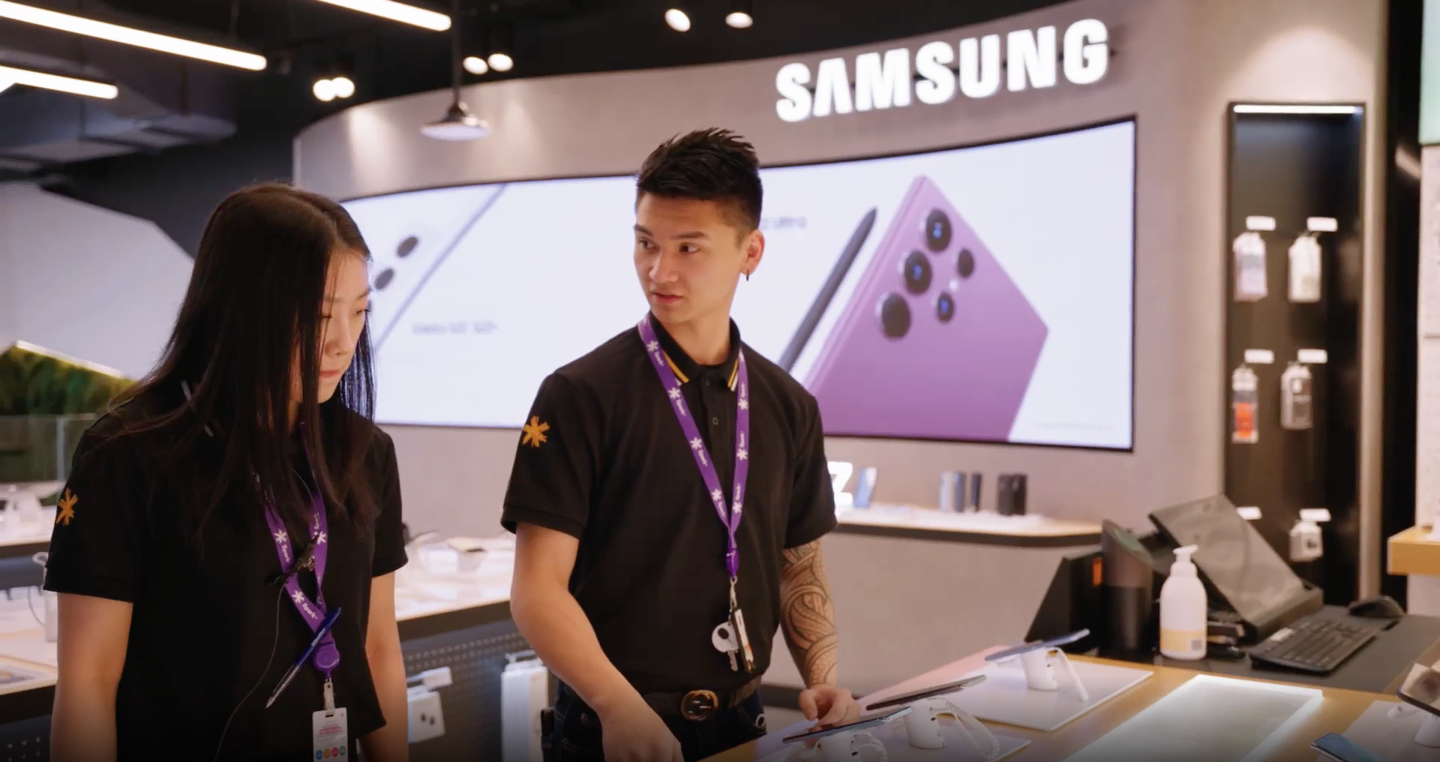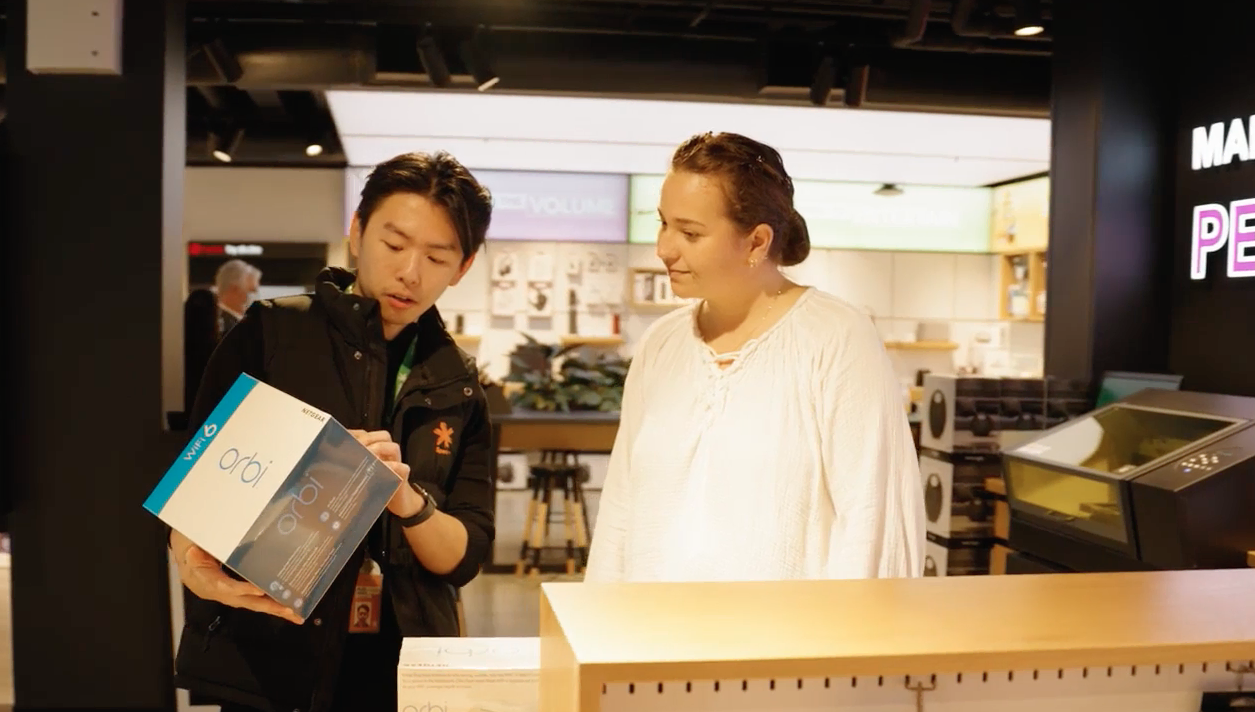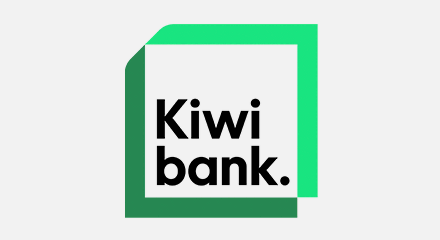Another requirement for Spark was the ability to implement its Unified Frontline Strategy — a business model that moves with the ebbs and flows of demand. The strategy allows staff who might work on the retail floor of a Spark store to migrate to answering contact center queries when they have time. This ability to swarm to where demand is greatest, respond to customers faster and resolve issues promptly was central to its vision of revolutionising customer service.
Spark made a big decision to put out an RFP for a cloud-based contact centre system — an unusual move because it sells Genesys solutions to its own customers.
“We wanted a future-focused platform that met our very specific requirements,” said James Palmer-Dale, Chapter Lead of Customer Engagement Solutions at Spark. “We believe in the Genesys product, but we also wanted to ensure we covered every angle. Genesys came back with everything we needed and more.”
A smooth migration to better service
Migrating a large contact centre is no small undertaking; it takes months of planning and preparing contingencies. There’s also an expectation of operational costs, downtime and resistance to change. To prepare for this, Spark readied a set of projections and metrics to estimate the impact of its big shift. As a result, the move was an agile transformation — adding capabilities in phases to minimise disruptions while aligning with its strategic vision. The disruption metrics were within predicted ranges but accelerated back faster than expected, with the change being incredibly smooth.
Daniel Cooper, Digital Lead of Consumer Channels at Spark, oversaw the migration and initiated the implementation of the strategy. Having oversight of the expected disruptions and bounce-back, he was impressed with what he witnessed.
“The service Genesys allows us to provide is simply better, and it started to show right away in how quickly we were able to get back up to speed,” said Cooper.
Flexible, fast and functional
The automation and system capabilities of the new Genesys platform open up a myriad of possibilities. All the Spark and Skinny employees in New Zealand and overseas now can now access a secure platform from any device.








